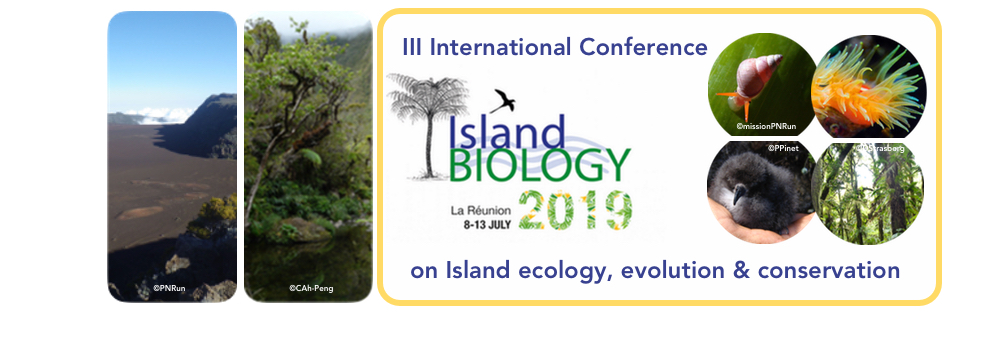Understanding processes leading to changes in biological communities require accessing functioning of ecosystems. Not all species within ecosystems fulfill the same role nor do they have the same sensitivity to environmental changes, therefore species function need to be quantified. However, characterizing species functions presents a challenge because it is time consuming and complex, even if we focus only on a single trait for a single species. Moreover, the overwhelming number of species present in tropical marine ecosystems, for example, make functional consideration almost prohibitive. Here we propose to use novel measurements to study functional variation in fish assemblages. Intuitively, tall people are naturally fitter than short people to play competitive basketball; this intuition takes root in the rules of biomechanics. Such rules can be used to understand what species can do in an ecosystem. We propose to use this approach to quantify functionality within tropical fish assemblages. To this end, we measured various anatomical features, such as mandible mechanical advantage (correlated to biting force), caudal fin shape (correlated to the type of locomotion), and eye focal-number (correlated to the quality of vision). These trait metrics were subsequently used to build a functional space, which is a sort of multidimensional map of fish functions in an ecosystem. Two other classical spaces were built: one based only on fish shape and another only on ecological information, which are common metrics used in literature. Simulated fish assemblages were constructed based on real coral reef data and were gradually degraded to highlight a fishing impact (ecosystem erosion) or coral mortality for example following bleaching (shift in ecosystems). Based on the three different functional space and these simulated assemblage functional metrics were calculated to test the detectability of changes based on methodological approach. Results showed that every space was useful to detect drastic ecosystem changes (species disappearance), but only biomechanics-based functional space allowed to accurately quantify subtle changes. Such result is encouraging to improve detectability and orientation in ecosystem changes but important work remain to be done to propose fish based indexes for health monitoring of reef ecosystems.

|
|
|
|
What functional space to use to characterize species functions in ecosystems?
1 : MARine Biodiversity Exploitation and Conservation
(UMR MARBEC)
-
Website
Institut de Recherche pour le Développement : UMR_D 248, Institut français de Recherche pour l'Exploitation de la Mer : UMR9190, Université de Montpellier : UMR9190, Centre National de la Recherche Scientifique : UMR9190
Centre Universitaire de Mayotte Route Nationale 3 - BP 53 97660 DEMBENI Mayotte -
France
2 : Centre Universitaire de Formation et de Recherche de Mayotte
(CUFR)
Route nationale 3, BP53 97660 Dembéni -
Mayotte
3 : Ifremer, Délégation Océan Indien
(Ifremer)
Délégation de La Réunion - Rue Jean Bertho - BP 60 - 97822 Le Port Cedex -
Réunion
4 : Centre Universitaire de Formation et de Recherche de Mayotte
(CUFR)
-
Website
Route nationale 3, BP53 97660 Dembéni -
Mayotte
5 : MARine Biodiversity Exploitation and Conservation
(UMR MARBEC)
* : Corresponding author
Institut de Recherche pour le Développement : UMR_D 248, Institut français de Recherche pour l'Exploitation de la Mer : UMR9190, Université de Montpellier : UMR9190, Centre National de la Recherche Scientifique : UMR9190
Centre de Sète UMR MARBEC SETE - Avenue Jean Monnet - CS3017134203 SETE CEDEX -
France
|
| Online user: 59 | RSS Feed |

|
 PDF version
PDF version